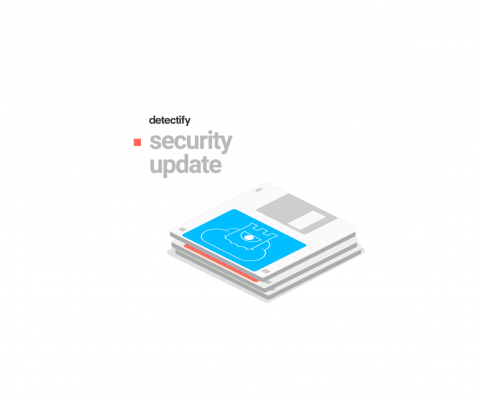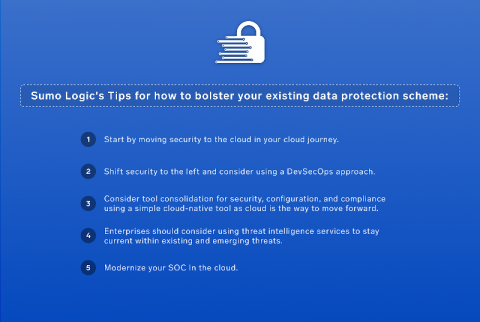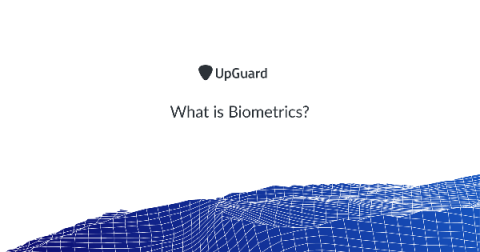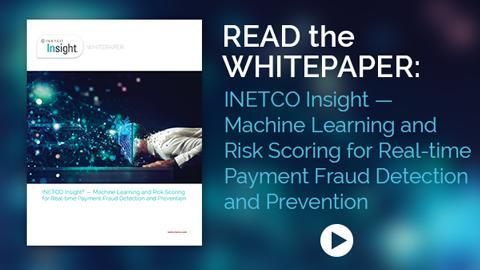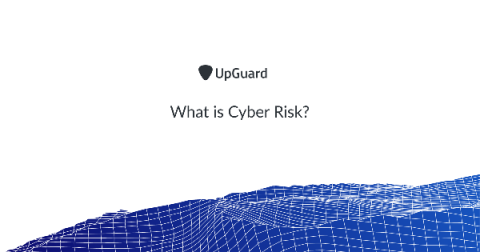New security test: CVE-2019-11043 PHP-FPM & NGINX RCE
tl;dr – CVE-2019-11043 PHP-FPM & NGINX RCE was publicly disclosed and a Proof-of-Concept exploit code was made available on GitHub. We received the report from our Crowdsource community, and now the CVE-2019-11043 Nginx/PHP-FPM RCE vulnerability is detected by Detectify. Nginx is a common web server used to run web applications. PHP-FPM (FastCGI Process Manager) is a processor for PHP scripts that is efficient at handling heavy website traffic and is commonly used by websites that have e.g.


